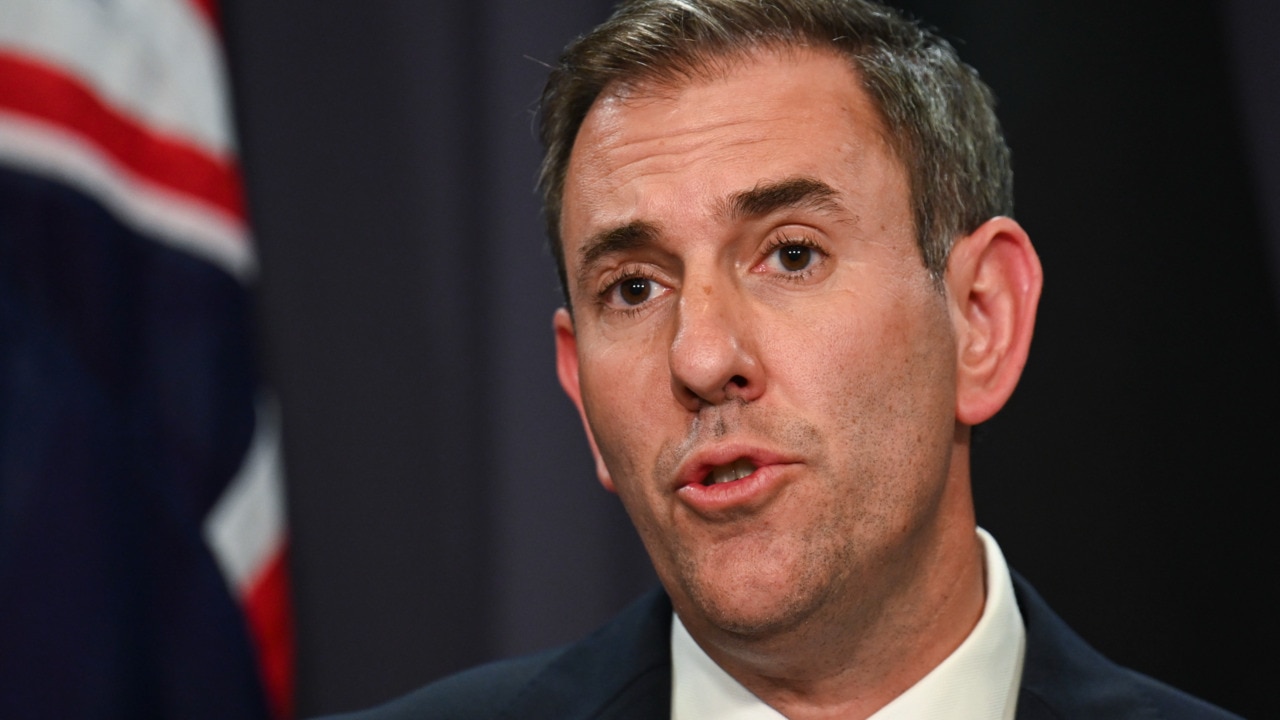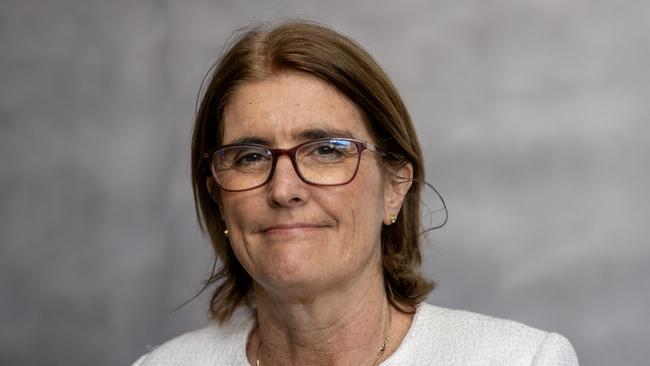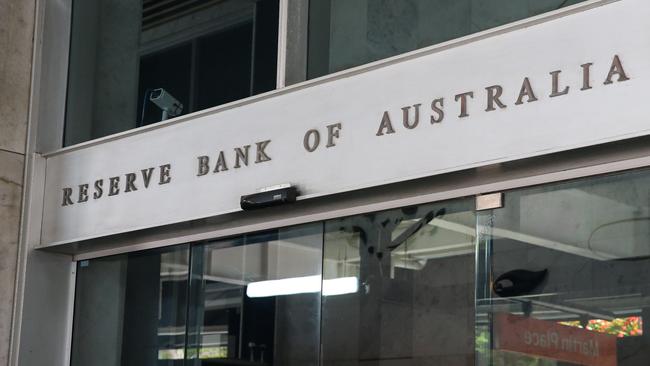Record immigration still absent from RBAs rates debate
An influx of more than 500,000 migrants in the past year has exacerbated price pressures and demand, including for housing. But you won’t find it mentioned by the RBA governor.

Opinion
Don't miss out on the headlines from Opinion. Followed categories will be added to My News.
Australia is in a recession on a per-capita basis, economists say. Record-high immigration is masking this.
The arrival of all those extra people – about 500,000 in the past year – is creating additional demand.
That’s exacerbating price pressures, including for housing. Rents were one of the most significant upward forces in the last quarterly inflation data.
You will find no mention of any of this in the statement from Reserve Bank of Australia governor Michele Bullock following the decision to keep interest rates on hold in December.
Australia will head into 2024 with a cash rate of 4.35 per cent. Former RBA governor Philip Lowe infamously said in 2021 it was “very likely” the cash rate would (still) be 0.1 per cent in 2024.

How wrong he was. Dr Lowe is now a man of leisure. Word is he’s got his golf handicap at Bonnie Doon down to 15.
The 13 interest rate rises imposed since May 2022 have caused the per-capita recession.
Moody’s Analytics economist Harry Murphy Cruise said on Tuesday that “the high interest rate setting is undoubtedly dampening demand. That Wednesday’s GDP data are set to confirm Australia has entered a third consecutive quarter of a per-capita recession proves just that.”
Ms Bullock said in her statement that “holding the cash rate steady at this meeting will allow time to assess the impact of the increases in interest rates on demand, inflation and the labour market.”

At least two months of time, given the RBA board does not meet in January.
Presumably Ms Bullock will have more time to trot down from her mortgage-free Five Dock home and do the Bay Run as she works toward breaking the two-hour mark for a half marathon (she got within 32 seconds in Melbourne last year).
After the board’s next meeting, Ms Bullock will front a press conference to (properly) explain what the RBA is up to. That will become a regular occurrence. It is one of the changes to flow from the official review of the central bank earlier this year. And a welcome one.
It remains a possibility that at that February presser she will be explaining why the RBA decided to raise rates for a 14th time.





